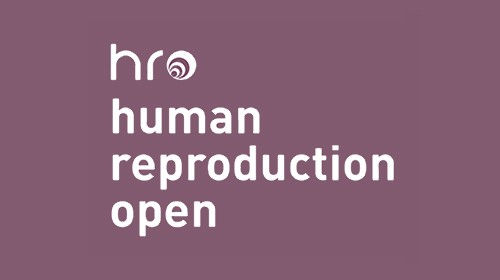Now is the time to introduce new innovative assisted reproduction methods to implement accessible, affordable, and demonstrably successful advanced infertility services in resource-poor countries
- David Schulhof
- Mar 18
- 1 min read
Geeta was co-author in this journal. Human Reproduction Open, Volume 2025, Issue 1, 2025, hoaf001

Abstract
Nearly 200 million people worldwide suffer from infertility. Disparities exist between developed and developing countries due to differences in the availability of infertility care, different reimbursement policies and socio-cultural differences surrounding procreation. In low- and middle-income countries, specialized infertility centres are either scarce or non-existent, mostly in private settings, and accessible only to the fortunate few who can afford them. The success and sustainability of ARTs will depend on our ability to optimize these techniques in terms of availability, affordability, and effectiveness. A low-cost, simplified IVF system has been developed and shown to be safe, cost-effective, and widely applicable to low-resource settings. Combined with inexpensive mild ovarian stimulation protocols, this could become a truly effective means of treating infertility and performing assisted reproduction at affordable prices, but only if such programmes are sincerely desired and supported by all relevant stakeholders. A receptive political, governmental, and clinical community is essential.
Download and read the full journal at https://academic.oup.com/hropen/article/2025/1/hoaf001/7959721
Comments